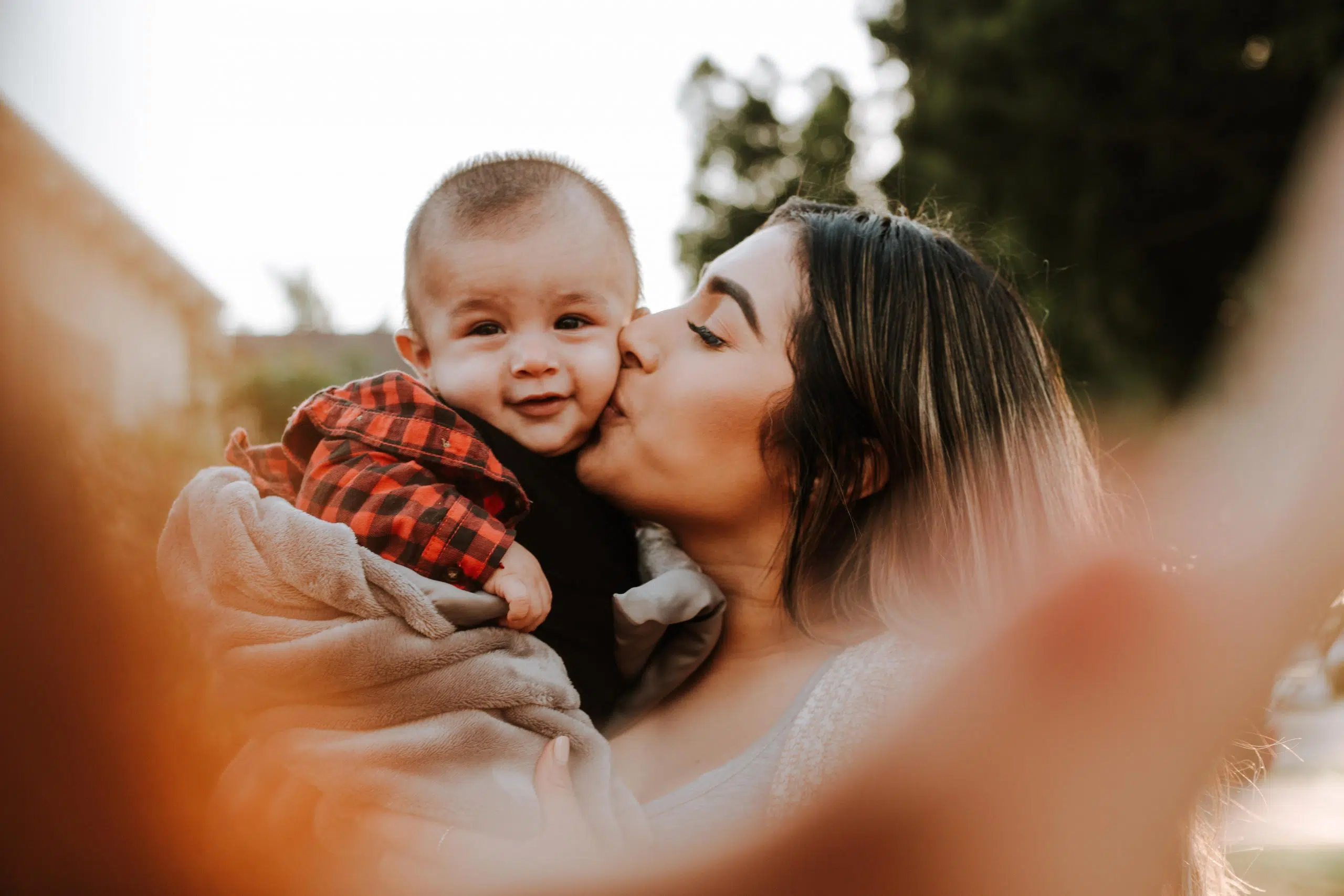Diversifying Your Communication: How Nonprofits Can Connect With Spanish-Speaking Communities




Did you know that Spanish is the fourth most spoken language worldwide? With more than 530 million speakers, Spanish is quickly becoming a lingua franca across Latin America and the world. In the United States, 13% of the population speaks Spanish natively, and millions more are learning it every day. By 2050, the United States could be the largest Spanish speaking country in the world surpassing Mexico.
Now is the time to include Spanish speaking communities in your communication strategies. These six steps will help you get started:
1) Identify Your Goal
Before you start to include Spanish speaking communities in your communication strategies, you need to identify your purpose. Do you want to raise awareness about a medical condition that is prevalent in a particular community? Do you want to expand your services to reach an area that speaks mostly Spanish? Do you want to make all your content accessible to Spanish speakers? Defining your goal will allow you to create specific strategies that will help you focus on providing valuable information to your community without overwhelming yourself.
2) Define The “Language” You Will Use
Growing up between Colombia and the United States made me realize that the way I spoke English and Spanish changed with my surroundings. I could use a mix of English and Spanish at home and change to perfect californian English at school. When communicating with Spanish speaking communities, it’s essential to understand that everyone’s relationship with English is affected by unique cultural contexts. The music you hear, the sports you play, and the TV shows you watch growing up influence the way you relate to a specific language. In my case, I always have a hard time understanding baseball references since I have never seen or played a baseball game! Having an inclusive communication strategy relies on ensuring your audience can fully understand what you say, and this includes all the cultural references you are using. If you want to reach new audiences, avoid mentioning sports, foods, traditions, or historical events that only represent one individual community. Focus instead on what brings communities together and how they can collaborate with each other.
3) Explore New Communication Tools
Have you thought of using WhatsApp as an outreach tool? WhatsApp is the top messaging app in the world, and it’s used by 52% of Hispanic communities in the US. It’s free, it works in areas with low connectivity, and it can be used to share live locations, files, links, pictures, and voice notes. This is how people are communicating, and this is where your organization should be heading. Nonprofits all over the world are using WhatsApp to maintain strong connections with their communities, organize events, and share updates about their work. Through peer-to-peer communication, WhatsApp and other tools can even help you find new supporters and donors.
4) Always Use Subtitles
Yes, it’s time-consuming to add subtitles in Spanish to every visual communication piece you produce. Still, it’s something that will help people feel included and heard. This can make your content more accessible not only to Spanish speaking communities but to people that have hearing difficulties or other impediments for accessing audio. If you can’t add Spanish subtitles, try with English captions since they are also useful for people who aren’t familiar with different accents and can get distracted from your core message.
5) Understand Your Own Biases and Assumptions
Everyone has biases and assumptions about what they don’t know. That’s not something negative. The problem comes when you let your biases become ‘truths’ before pausing to rethink them. Overcoming your biases is an essential step when working with Spanish speaking communities. Latin America has 18 Spanish speaking countries that all have different cultural backgrounds and histories. To overcome the biases you might have, take a minute to think about the communities you want to reach. Think about what you know about them, your mind may race through stereotypes and negative assumptions. Pause for a moment and analyze where these ideas came from. If you can pinpoint the exact moment you heard those misconceptions, you will be one step closer to getting rid of them. Biases and assumptions are engrained ideas that don’t disappear overnight, so be patient with yourself and do the work of actively questioning these assumptions.
6) Share Your Platform
If you are trying to connect with diverse audiences, open spaces for experts to talk about topics that you rarely cover. This will expose your audience to new voices that will spark conversations on inclusion and diversity. Invite Spanish speaking leaders to headline your events, create communication material exclusively in Spanish, pay guest bloggers from Spanish speaking communities to share their opinions, and listen carefully to new ideas.
Moving Forward
The goal of every nonprofit is to provide value. By defining clear goals, listening to your community, communicating with them in their language, getting rid of your biases, and sharing your platform, you will be doing just that. No one is expecting you to change the world in one day, but by following these steps, you will be able to bridge the gap between diverse communities and create inclusive communication strategies to serve others better.
I’d love to hear from you! If you want to know more about inclusive communication strategies and improving your outreach with diverse communities leave a comment below or send me a message at [email protected].


Comments